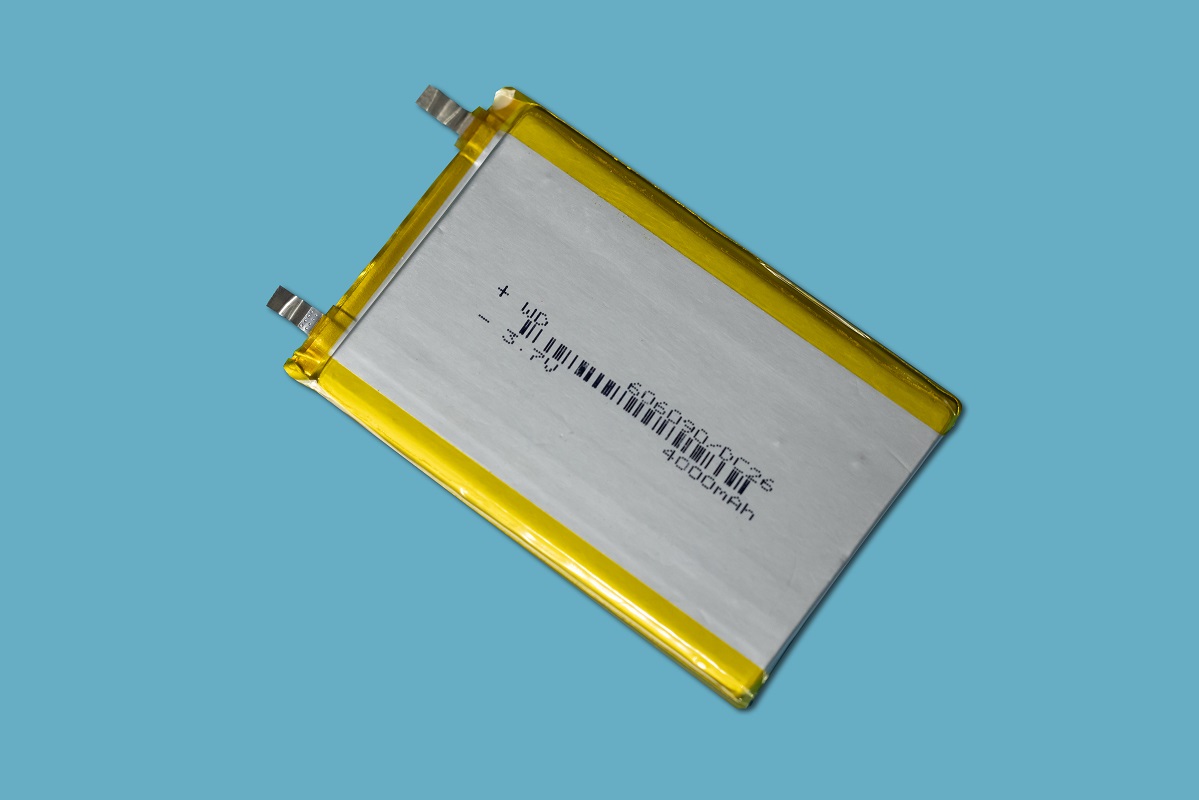What are the advantages of polymer lithium batteries?(一)
2021-08-23 09:28:14
Polymer lithium batteries generally refer to polymer lithium ion batteries. The positive and negative materials used in polymer lithium batteries are the same as the liquid lithium ion. The positive materials are divided into lithium cobalt oxide, lithium manganate, ternary materials and lithium iron phosphate materials. The negative electrode is graphite, and the operating principle of the battery is also the same.

The principle of polymer lithium battery is the same as that of liquid lithium. The main difference is that the electrolyte is different from liquid lithium. The primary structure of a battery includes three elements: positive electrode, negative electrode and electrolyte. The so-called polymer lithium ion battery means that at least one or more of these three primary structures use polymer materials as the primary battery system. In the polymer lithium-ion battery system developed now, polymer materials are primarily used in the positive electrode and electrolyte.
Advantages of polymer lithium battery
1. The operating voltage of a single battery is as high as 3.6v~3.8v, which is much higher than the 1.2V voltage of nickel-hydrogen and nickel-cadmium batteries.
2. The capacity density is large, and its capacity density is 1.5~2.5 times that of nickel-hydrogen battery or nickel-cadmium battery, perhaps higher.
3. The self-discharge is small, and its capacity is very small after being left for a long time.
4. Long lifespan, its cycle life can reach more than 500 times in normal use.
5. There is no memory effect, no need to empty the remaining power before charging, which is convenient to use.
6. The safety function is good. The polymer lithium battery adopts aluminum-plastic soft packaging in the structure, which is different from the metal shell of the liquid battery. Once a safety hazard occurs, the liquid battery is easy to burst, and the polymer battery will only blow up at best.
-
skype
Zale Zhou
